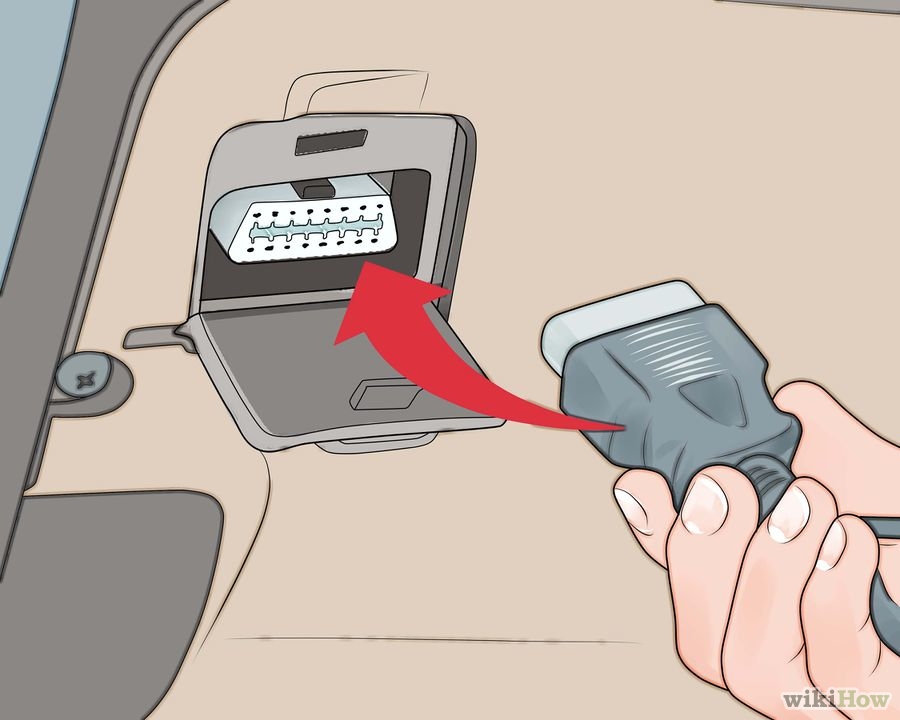
The on board diagnostic scan car diagnostic scanner pose a serious challenge to most of the car users in the market. Most people have had numerous challenges when they try to connect the tools to the car engine.
The process of connecting the OBD 2 may seem to be a simple one yet quite complex. That is why you arte at the right place if you are one of those drivers who have had to contend with the challenges.
We have tried to look at the connection process from the point of view of the driver so as to simplify the whole thing. The process of Obd2 scan tool constitutes the following processes;
1.Using the car adapter– the car adapter is the best place where you can have your OBD connecting to your car. It is a manual process which needs the car user to just take him to the car engine.
It involves taking time to get to the area where the port is to be identified. The DLC port is usually located on the car passenger area which makes it easy to identify. In some cars however, we have this as the area just below the seat.
Using the car adapter
The car adapter help your OBD connecting to your car
2.Use of the important applications– this method is common with the use of the car code reader. These are usually in the form of Bluetooth devices with can be connected remotely. The devices are connected by running the application on the car computer and then enabling the connection process of the device.
Different cars come with different applications which get to the basic areas of the car. For instance, the VAG-com application is known to allow for the connections on the diverse car models like the Audi and others.
Use of the important applications
These apps work on diverse car models
You may also use the application called the automatic app which allows for the connections to the diverse car use functions without need for the user raising even a finger. These apps work on diverse car models which then makes them very popular.
The how to process of the OBD 2 connection in this case involves;
1.Get the right OBD 2 reader or scan tool, whichever suits your car. This is done by checking on the compatibility and the relevant tool.
2.Locating where the OBD 2 port is, an exercise which can be done manually or with the aid of some applications as we have seen.
3.Powering the car engine on for the case ease of making the system work.
4.Plug in the pins of the OBD2 connector to the areas of relevance within the OBD 2 port.
5.Enable the OBD 2 to start reading.
6.Get the data and trouble codes and translate them using the diverse methods or contacting a mechanical technician.
In some cases as we have noted, the connection process may not be a physical process and may be done remotely using the Auto Transponder Key which only needs to establish a connection with the car engine. Whichever the OBD 2 tool you choose, the discretion is all yours
